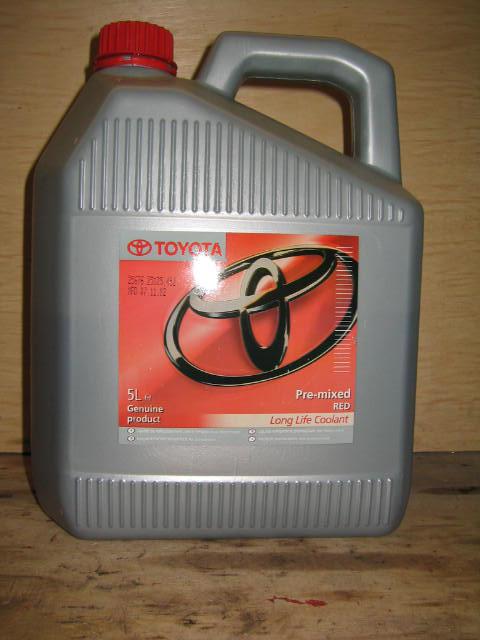
Coolant is essential to preventing your engine from overheating. Why Do I Need Engine Coolant?Įngine coolant circulates through your car’s engine and radiator to help manage temperature extremes. As the car heats up, the coolant system valve will allow the coolant to flow through the radiator. When you first start your car, allowing the engine to warm up, the coolant will bypass the radiator. From there, the coolant will run to the car’s radiator, also called the heat exchanger, and then back to the pump.

A pump will send engine coolant to your engine block when the car is running. The coolant system works as a simple loop. From that reservoir, coolant flows into and circulates through the engine block, protecting your vehicle from extreme heat or cold. Your car’s radiator has a reservoir that stores engine coolant. Engine coolant comes in several different varieties, but its basic ingredients include ethylene or propylene glycol and water. True to its name, engine coolant, aka antifreeze, does not freeze in sub-zero temperatures. Commonly referred to as antifreeze, engine coolant contains ingredients that help prevent corrosion of your car’s engine parts. Coolant prevents both overheating and freezing.

During the winter, extreme cold can cause your engine block to freeze and even crack. The coolant absorbs the heat from the car’s engine and circulates back to the radiator. Coolant helps protect your engine from extreme temperatures, both hot and cold. Your car’s engine runs hot while in use, hot enough to damage essential parts.
HOAT COOLANT TOYOTA HOW TO
Here’s how to choose the best coolant for your wheels.Įngine coolant keeps your engine from overheating and helps you avoid a costly repair bill. Different cars may need different coolant, but every vehicle needs a coolant flush approximately every five years or every 30,000 miles. Selecting the right coolant depends on several factors, including the age and type of vehicle. When you change the engine coolant, you perform a coolant flush. You can help keep your car running smoothly by performing a few simple tasks at home, such as changing the car’s coolant and other fluids. Maintenance is an essential part of owning a car. Caring for your vehicle can save you money, and can help it run for longer. Many car owners rely on regular trips to the shop to handle maintenance, such as getting the oil changed. Let’s start with the basics, which a LOT of people ignore when it comes to cooling systems. The pre-diluted stuff is more convenient of course, but you end up paying a lot more for less coolant.A good amount of Hy-per Lube’s business comes from our famous Super Coolant product, and we know a thing or two about cooling system performance. Years ago coolant was always sold as pure coolant, and you'd have to dilute the fluid yourself with water.

One thing to keep in mind with nearly every modern jug of coolant you’ll come across: They’re all pre-diluted. All GM cars use something called Dex-Cool from the factory. Plenty of others like BMW and Volkswagen do the same thing. Many times, the coolant is actually branded for the car you’re going to put it in.įor example, Honda sells its Type 2 Antifreeze/Coolant in all its dealers. They’ll sell the coolant for your specific make and model, and it’s guaranteed to be the correct one. The easiest way to make sure you’re getting the right coolant for the job is to go to your car’s dealership. Finally, HOAT is a derivation of OAT that requires the same time change interval unless otherwise specified. General Motors vehicles use this formula and normally require a change after five years or 50,000 miles. It needs to be changed every two years or 24,000 miles, making it far inferior to newer formulas. Play icon The triangle icon that indicates to play


 0 kommentar(er)
0 kommentar(er)
